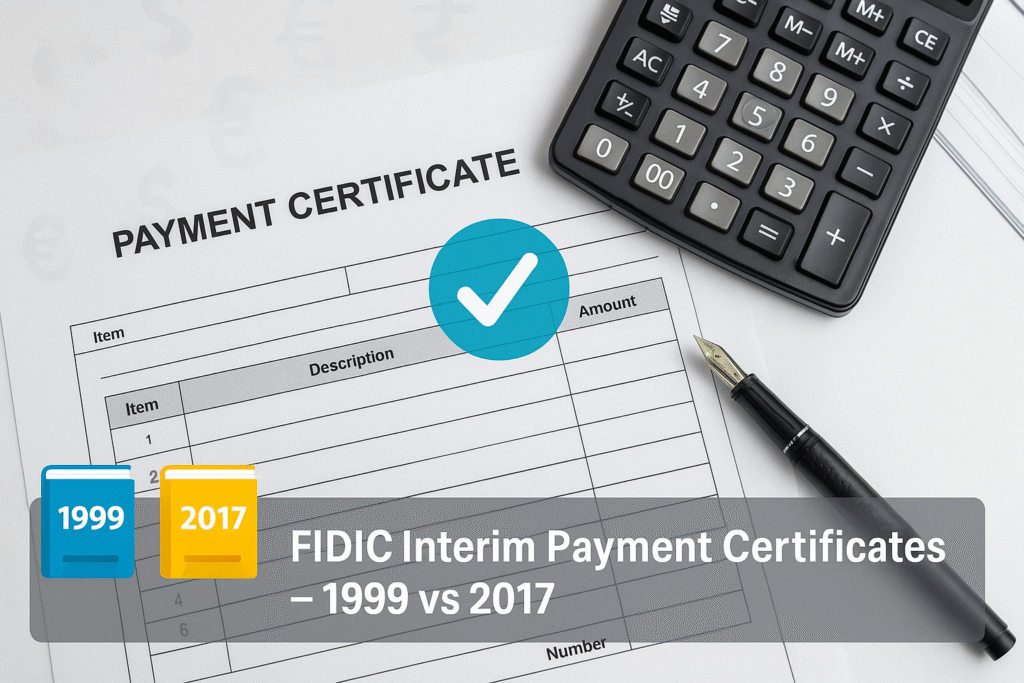Clause 14.3 places a pivotal responsibility on the Contractor to initiate the payment process by submitting a detailed Statement to the Engineer.

Interim Payment Certificates
Clause 14.3 places a pivotal responsibility on the Contractor to initiate the payment process by submitting a detailed Statement to the Engineer.